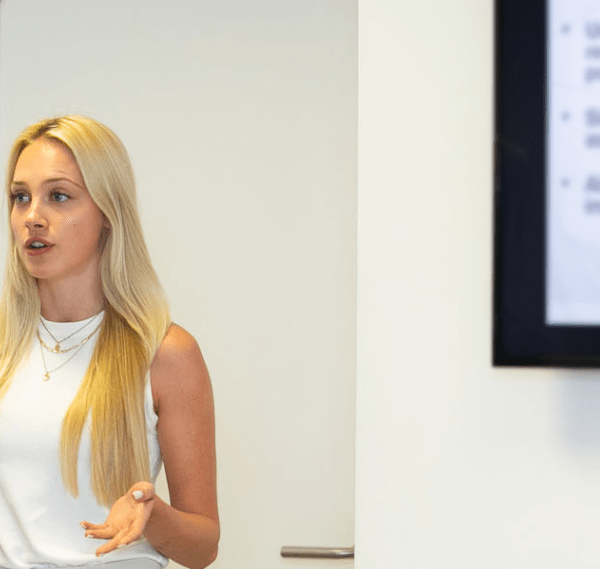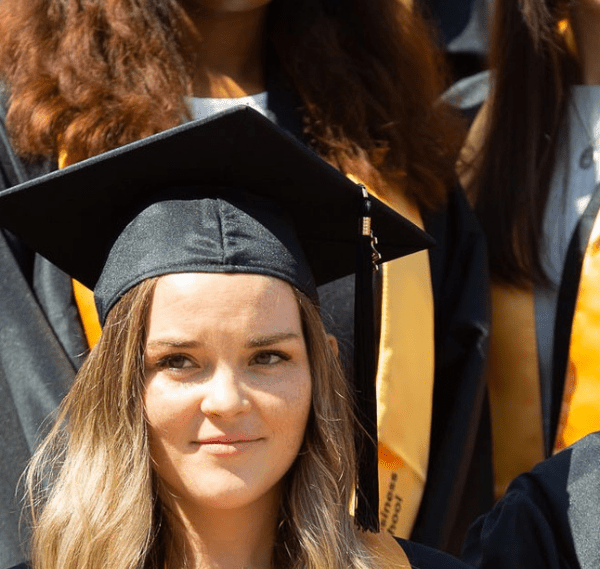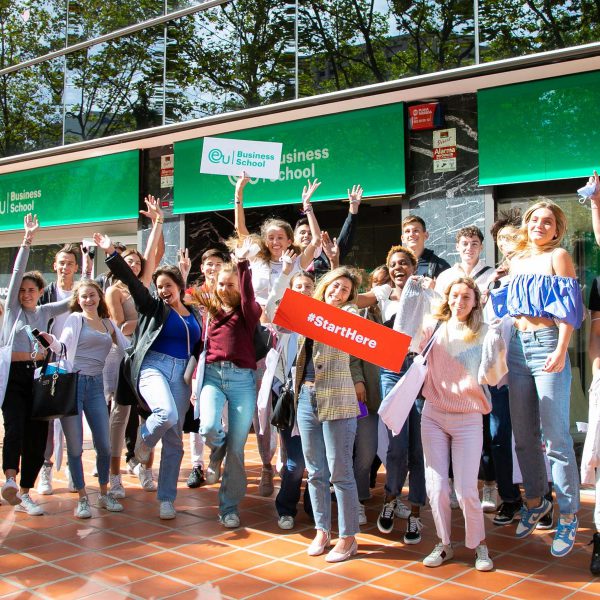Perhaps the most radical shift we need to come to terms with in the education system is the way young people are different today as learners. Technology has changed just about everything to do with studying and learning.
This is before we even start to consider what we mean when we talk about “the current education system”. There is no single education system. Public schooling in the USA looks rather different to public schooling in Britain. An IB curriculum in Europe bears little resemblance to common core standards in Latin America. At tertiary level, the Harvard Case Study Method is different to Oxbridge’s tutorial system.
So how do young people study and learn, and is there any truth in thinking that the current system of education could be failing young people?
Studying vs. learning
There is a fundamental and quite simple difference between studying and learning, and the difference should not cloud the more important question of whether the system works well for learners.
Studying is the process of, and activities performed, in acquiring knowledge, such as reading, researching, writing, listening and observing. Studying is usually associated with formal education undertaken at school or university. It is often classified as a mostly passive activity in that it is delivered by an expert teacher, leading to knowledge and understanding – but not automatically to the development of skills and expertise.
Skills and the development of expertise are the result of learning, which is an active process requiring practice. As one astute source has put it: learning is gaining knowledge by studying, and studying is done to learn things.
Both active and passive learning are valid methods of absorbing information, but it is the application of their learning for which people get paid.


Does the difference matter?
So, there are semantic differences in how the terms studying and learning are used. But the more important question is how – and whether – the education system (however we define it) is helping young people to study, learn, acquire and apply knowledge in the real world.
The Real World has Changed
The internet and other digital technology – the Fourth Industrial Revolution (4IR) – have changed both what young people learn today and how they learn it.
Schools and universities have reacted to 4IR to a greater or lesser extent, with the operative word being “reacted”. Events such as the COVID-19 pandemic have forced institutions to adapt their teaching delivery to styles and media that are more receptive to the average young learner today.
Educational institutions are scrambling to catch up with the new normal that demands multimedia learning experiences, as opposed to the traditional interaction with printed materials. Students are increasingly impatient with a lecture style of learning and reliance on textbooks for information. They are demanding more classroom discussion and direct engagement with the subject matter.
New Education Systems
And teachers are responding. In a matter of the last two decades – even pre-COVID – the following are some of the 4IR-aligned teaching, learning, research and innovation practices that have come to the fore:
- Accelerated remote learning (e-learning tools and applications)
- Personalized learning (individual learning processes = learning at own pace)
- Choice of education tools (blended learning and flipped classrooms)
- Project-based learning (organizational skills, time-management skills, and collaborative skills)
- Field-specific experience (obtain real-world skills that are relevant to the prospective job)
- Data analysis (apply theoretical knowledge and use human reasoning to examine the patterns and predict trends)
- Changes to exam and assessment styles (analyzing learning journey through practical and experiential learning-based projects or field work).
Conclusion
Some of the mechanisms of teaching, studying and learning have been slow to respond to change, but this is often the case for each new generation.
But 4IR has forced the pace of change, aligning it with the way in which today’s learners prefer to study: engaged, creative multitasking experimentation and learning by doing.
EU Business School offers a range of study options for the next generation of learning. Visit our website to learn more about courses such as the Bachelor of Arts in Digital Business, Design and Innovation.













